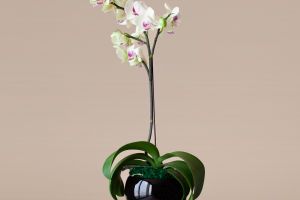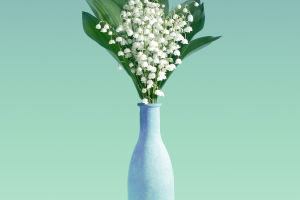Mushrooms are some of nature's most intriguing organisms. Neither plant nor animal, these fungi play crucial roles in ecosystems worldwide and offer a delectable addition to many cuisines.
Let's explore how mushrooms grow, how to identify potentially poisonous species, and tips for safely foraging wild mushrooms.
How Mushrooms Grow
What we typically call a mushroom is actually just the fruiting body of a much larger organism. The main part of the fungus, called mycelium, exists as a network of thread-like structures underground or within decaying organic matter. When conditions are right – usually involving moisture, temperature, and nutrient availability – the mycelium produces mushrooms to spread spores and reproduce.
Mushrooms can grow incredibly fast, sometimes seeming to appear overnight. This rapid growth is possible because the fungus has already built up energy and resources in its mycelium network. The mushroom itself is mostly water, allowing for quick expansion.
Identifying Poisonous Mushrooms
While many mushrooms are edible and delicious, some can be deadly poisonous. It's crucial to never eat a wild mushroom unless you are absolutely certain of its identification. Here are some general guidelines, but remember that there's no universal rule for determining if a mushroom is safe:
1. Avoid mushrooms with white gills, a ring on the stem, and a volva (cup-like base).
2. Be wary of mushrooms with red caps or stems.
3. Don't eat mushrooms with a milky sap.
4. Avoid mushrooms that change color when cut or bruised.
These rules aren't foolproof, as there are exceptions in both directions. The only way to be truly safe is to learn from experts and use reliable field guides for your specific region.
Tips for Collecting Wild Mushrooms
If you're interested in foraging for mushrooms, follow these safety tips:
• Go with an expert: Join a local mycological society or go on guided foraging trips to learn from experienced mushroom hunters.
• Use multiple identification methods: Rely on field guides, spore prints, and expert confirmation before consuming any wild mushroom.
• Only collect what you can identify: Leave mushrooms you're unsure about in the forest.
• Use proper collection techniques: Cut mushrooms at the base rather than pulling them up to minimize damage to the mycelium.
• Leave some behind: Don't overharvest; ensure the fungus can continue to reproduce.
Exploring the world of mushrooms can be a rewarding and fascinating hobby. By learning about their growth, practicing safe identification, and following responsible foraging practices, you can enjoy the diversity and flavors these remarkable organisms offer.


